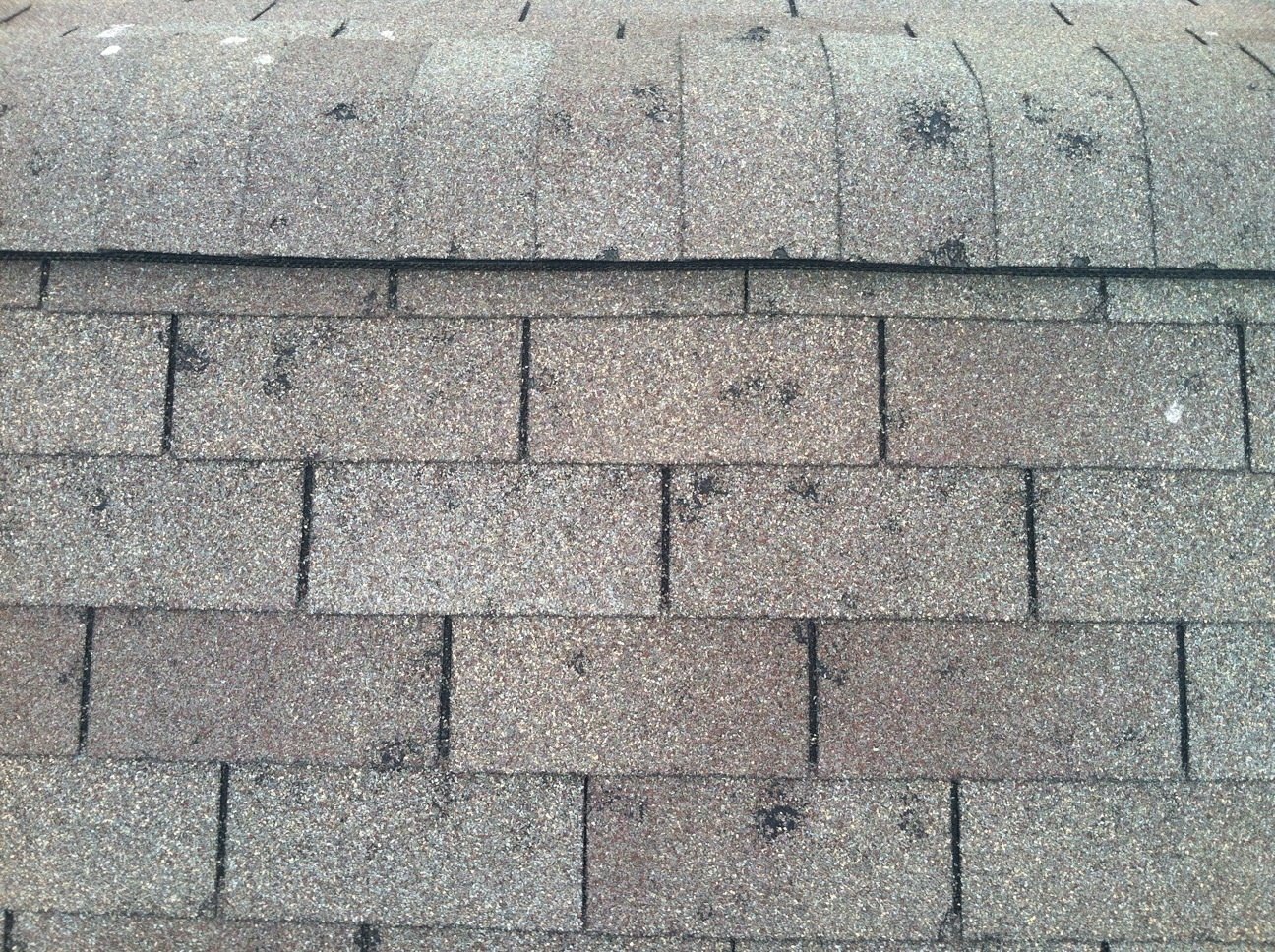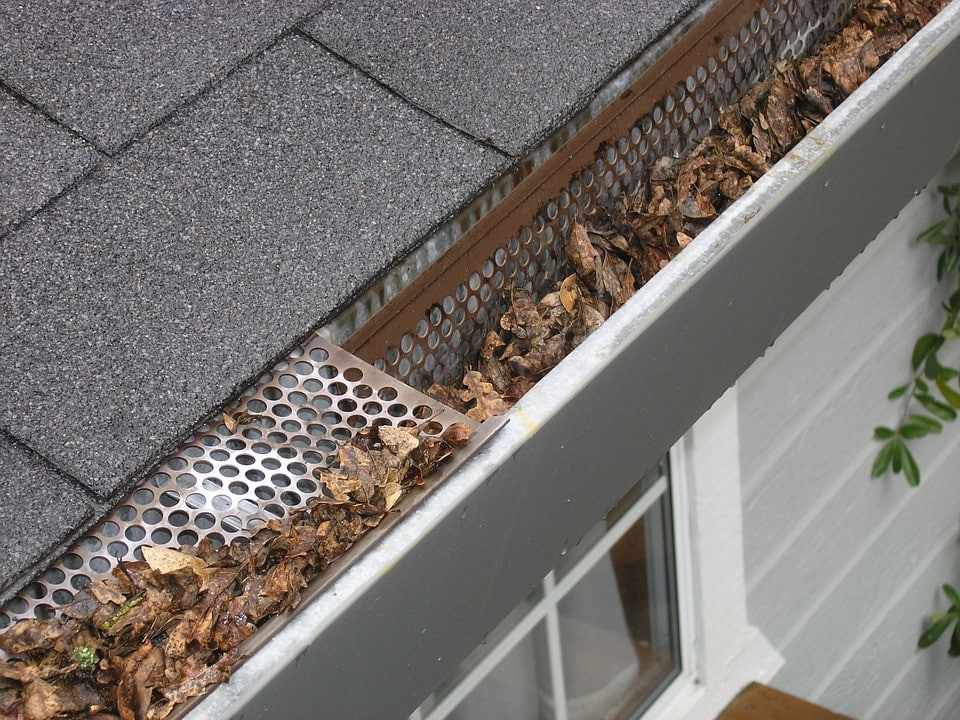Filing a Roofing Insurance Claim: How Does the Insurance Process Work?
It’s enough of a headache to have storm damage to your roof. Will more damage occur before you can get the roof replaced? Will leaks cause structural issues that impact the rest of your home? How will your belongings be impacted? But add in the stress of working with your insurance company to make a roofing insurance claim, and your blood pressure may just jump through the roof.
Fortunately, there’s a great resource for help — and it’s not your insurance adjuster. Your roofing contractor can be an excellent source of assistance and advice throughout the process of filing an insurance claim for home damage. If you’d like to know all those tips for getting the best outcome in your roof replacement or another damage claim, establish a relationship with a trusted professional who will be on your side during this sometimes complicated and confusing process.
Choosing a Pro to Work With
Not every professional contractor is knowledgeable enough or has navigated the complexities of insurance claims to be able to help. You’re going to have to dig a little to find the right company to help you. Ask neighbors and friends who they’ve worked with in the past, and check local online reviews to identify well-respected and competent contractors.
Sometimes — especially if there’s been a storm or natural disaster that has impacted multiple homeowners — you’ll find someone who knocks on your door and says they’re a contractor, offering to help. While it’s not a given that this is a scam, remember that established local contractors in an area where several families have had damage to their homes won’t need to come looking for work. The best and most reputable companies will already have plenty of work.
That doesn’t mean that a reputable company won’t be able to work you into their schedule, though. Look for a contractor who can come out to your home and assess the damage in a reasonable amount of time. Expect a roofing professional to get up on your roof to inspect and document the damage. If there’s additional damage to other areas of your home, your roofer can also recommend good local plumbers, electricians, etc., who can assist with the process of restoring your residence.
Ask any professional whom you are considering whether they will be available to meet with your insurance adjuster on-site. Knowledgeable roofers know the importance of working directly with the insurance company to get you the best possible outcome and will make it a priority to help in this way.
Finally, remember that getting your roof repaired or replaced right away — the right way — is your contractor’s main goal. A responsible roofing contractor will be on your side and will advocate for the best solution to your issue, which also results in payment to their company. It’s a partnership where your contractor is working to help you get the correct value assigned to your roofing insurance claim.
Working With Your Insurance Company
It’s important to move quickly to identify your roofing professional and then contact your insurance company with information about your property damage. If others in your area have been impacted by the same storm, adjusters will be busy, and you want to get into the queue right away.
The first thing your insurance company will do is assign a claim representative to manage your case. That representative schedules an adjuster to physically come to your property and review the damage. This is the meeting that you need your roofer to attend to make sure all the damages are recorded and covered. Your roofer can also help inform the adjuster of any local building codes that may impact how repairs must be done in your area. Don’t assume that your adjuster will know this; many adjusters are from out of the area or don’t stay updated on building codes.
Once the adjuster has seen the damage in person, your insurer will create an estimate that reflects your policy type and the repairs required to restore your property to its original state.
Reviewing Your Claim Estimate
Before starting work, ask your roofer to review the insurance estimate for any inaccuracies. Adjusters use a software program that automatically assigns coverage values for your area and type of damage. If your adjuster missed or misunderstood any part of your damage — or even if anything was keyed in incorrectly — your estimate may not be as high as it needs to be. Inaccurate measurements can also cause your claim to be wrong. Any issue that prevents you from getting the money you’re entitled to under your policy is called “under-scoping,” and your contractor is often the best person to catch these errors.
The best time to get the estimate changed is before any work begins. Your claim representative should be able to answer any questions you have and make changes to the estimate if necessary. Will this be easy? It can be, but insurance companies can sometimes be challenging to work with. That’s where your contractor can help with explaining what to ask for and deciphering the language used by the insurer in your roofing claim. If needed, your roofer can file what’s called a supplemental with your insurance company to demonstrate why specific materials or work is needed to restore your roof to its former, undamaged state.
Once you understand and are comfortable with the estimate, your roofing contractor can prepare a contract that outlines the repair or replacement as covered by the insurer. Signing the contract means that you’re responsible for paying the contractor, even if everything is not covered by the insurance company, so make sure you have read it carefully and understand the scope of the work to be done on your home.
Frequently Asked Questions About the Insurance Process
Many homeowners have specific questions about their insurance policies and how those pay out under their specific circumstances. Your roofing contractor should be happy to review your situation and provide advice for navigating the process of getting your roof repaired or replaced, but your insurance company will have the final say. Ideally, an amiable partnership between you as the homeowner, your claim representative, and a professional roofing expert will yield the best outcomes in getting your house restored to tip-top condition.
That said, we do hear some questions that are common to a number of situations. Here are some of the questions we hear most often and the insights we can share.
How Does My Policy Type Impact My Coverage?
There are two main types of coverage you may have on your roof: RCV, or replacement cost value, and ACV, or actual cash value.
RCV is the most traditional type of coverage and does not factor in any depreciation. Even if your damaged roof was 5 years old, the insurer pays you enough to make your house right again — that would be the current cost of replacing the roof, minus any deductible.
The second type, ACV, means that your insurance company takes you the amount needed to repair or replace your roof, then subtracts your deductible and any depreciation you have because your roof is older to determine your payout.
Let’s say your roof is 5 years old. Your insurance company may find that the cost to install a brand-new roof is $10,000. If you have an ACV policy with a $1,000 deductible, your insurer will reduce the full installation cost by the amount that a new roof would depreciate in 5 years PLUS your deductible. The end result will be $10,000 minus depreciation of $5,000 minus your $1,000 deductible. You may end up with only $4,000 toward the cost of replacing the roof and have to come up with $6,000 out of pocket. That can be a big hit for homeowners on a tight budget!
ACV policies have become more common in states where wind and hail damage are more likely to lead to increased insurance payouts. In an effort to minimize the amount they’ll need to pay, many companies have encouraged ACV policies in the past few years. You will pay smaller premiums for a policy that pays out actual cash value, though, so it could make sense if you’re able to either save the difference in premiums or come up with a few thousand dollars toward your roof without much financial hardship.
What is Recoverable Depreciation & How Do I Get Reimbursed For It?
With a replacement cost value (RCV) policy, you do get depreciation — but how it works can be confusing.
Typically, your insurance company will quickly give you the actual cash value or what your roof is worth after depreciation. To get the amount of the depreciation, called recoverable depreciation, you’ll have to submit proof that the roof replacement or repairs were actually completed. In other words, you’ll receive two checks from your insurance company; one will be the actual value of your roof, and the other will be the difference between the cost to fix it and the value.
To get the recoverable depreciation, you will likely have to submit a copy of your roofing contractor’s invoice to your claim representative. The invoice can indicate any payments that you’ve already made, but it has to show that the total payments and any remaining balance are equal to the replacement cost value (RCV). This prevents unscrupulous homeowners from inflating the bill or having their contractors do less than complete repairs and pocketing the difference.
Most roofing companies will work with you and will wait for you to receive your recoverable depreciation, so you aren’t faced with a big bill that you need to pay out of pocket.
What are Supplementals & How Can I Get More Money for Coverage?
A supplemental (sometimes called a supplement) is a charge that needs to be added to your claim because something has been discovered after work began on your roof. Sometimes this is a mistake that the adjuster made that isn’t found right away; other times, it may be due to problems with the roof that weren’t found until a portion was removed.
In still other cases, filing for supplemental coverage may be needed because not enough materials or materials of lesser quality than what you’re replacing were approved by the insurance adjuster. For example, adjusters may leave some items off their estimates, like pipe jacks, HVAC caps, or ridge caps that must be replaced. Depending on your insurance company’s policies, getting these included will likely require a supplemental to prove the items are necessary.
In most cases, preparing this supplement requires your roofing company to create documentation — including paperwork, photos, or videoes — and submit it to your insurance company. Your roofing contractor may have to educate your insurance adjuster on local codes or best practices and explain why certain work is needed. It takes time to go back and forth with the insurance company and can lead to delays in the project, but it will result in getting your roof fixed or replaced to your satisfaction. You’ll rarely have to get involved, but it may be necessary to call your claims representative to encourage the company to approve the supplemental request.
It’s important to work with a roofing company that understands the process of submitting supplementals and can properly document the requests for changes. By working through the system that insurance companies require, you’ll be able to get a beautiful and functional roof that looks and works exactly as it did before your home was damaged by storm winds or hail.
Do you have other questions about the process of filing a roof insurance claim? BRAX Roofing can answer all your questions about emergency roof repairs or replacement following storm or hail damage, including how to get started with the insurance process.
As professional roofers, we have been working with insurers for years, getting the most out of our customers’ insurance policies and ensuring that roofs are restored to their ideal state. Contact us for an assessment of your damage and to get started on fixing your roof.

Contact Us for a Free Estimate
What to Expect When
You Choose Our Team
We’re Committed to You
Every Step of the Way
- Meet to discuss your project and free estimate.
- Select materials and colors for the look you want.
- Arrange payment through financing or your insurance.
- Install new roofing, siding, or gutters for amazing results.
- Ensure you’re 100% satisfied with our services.







